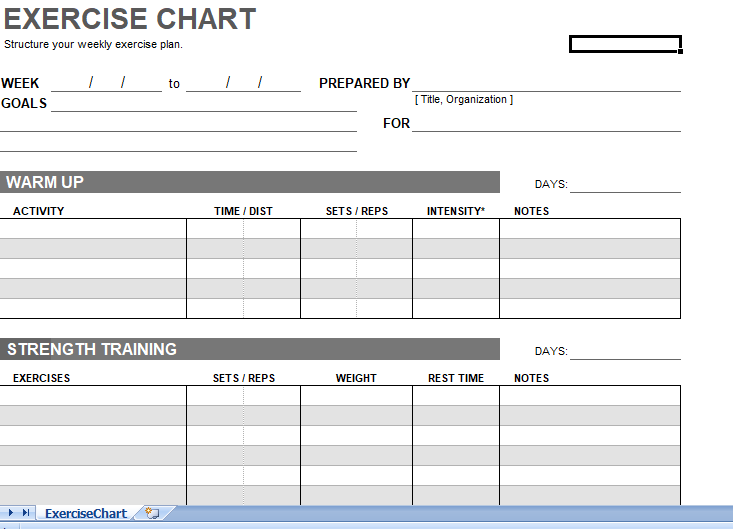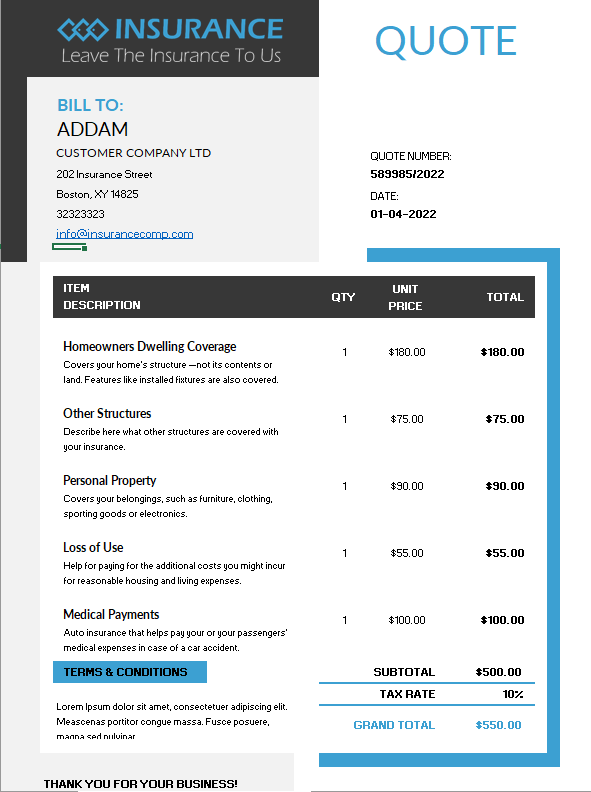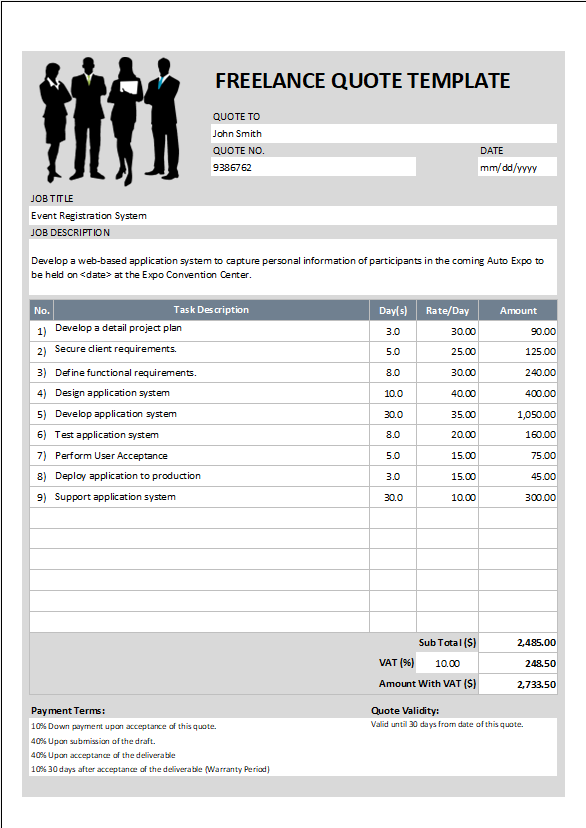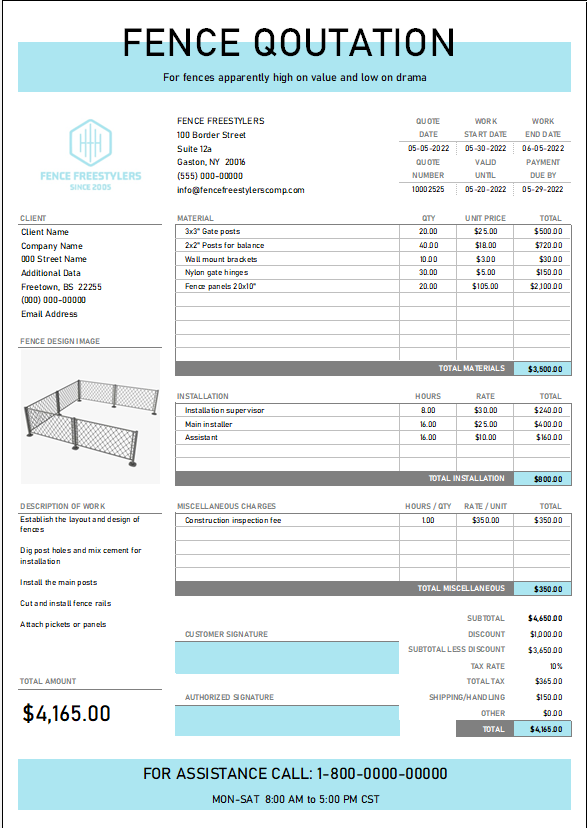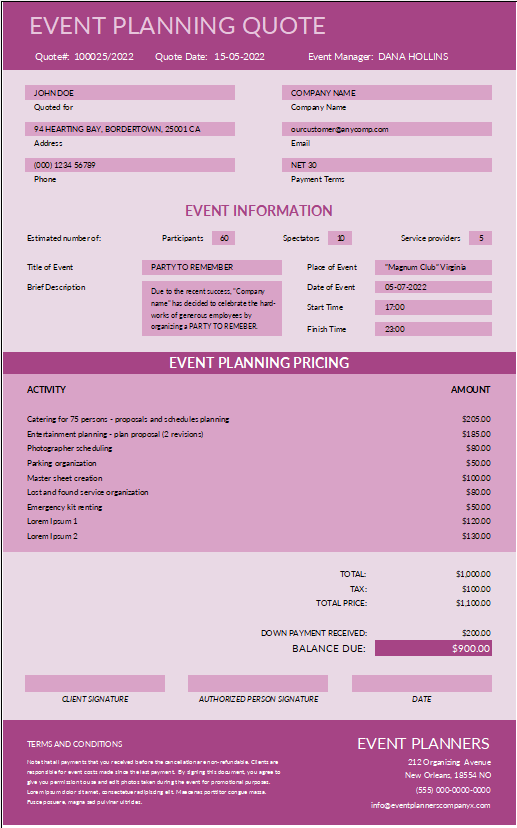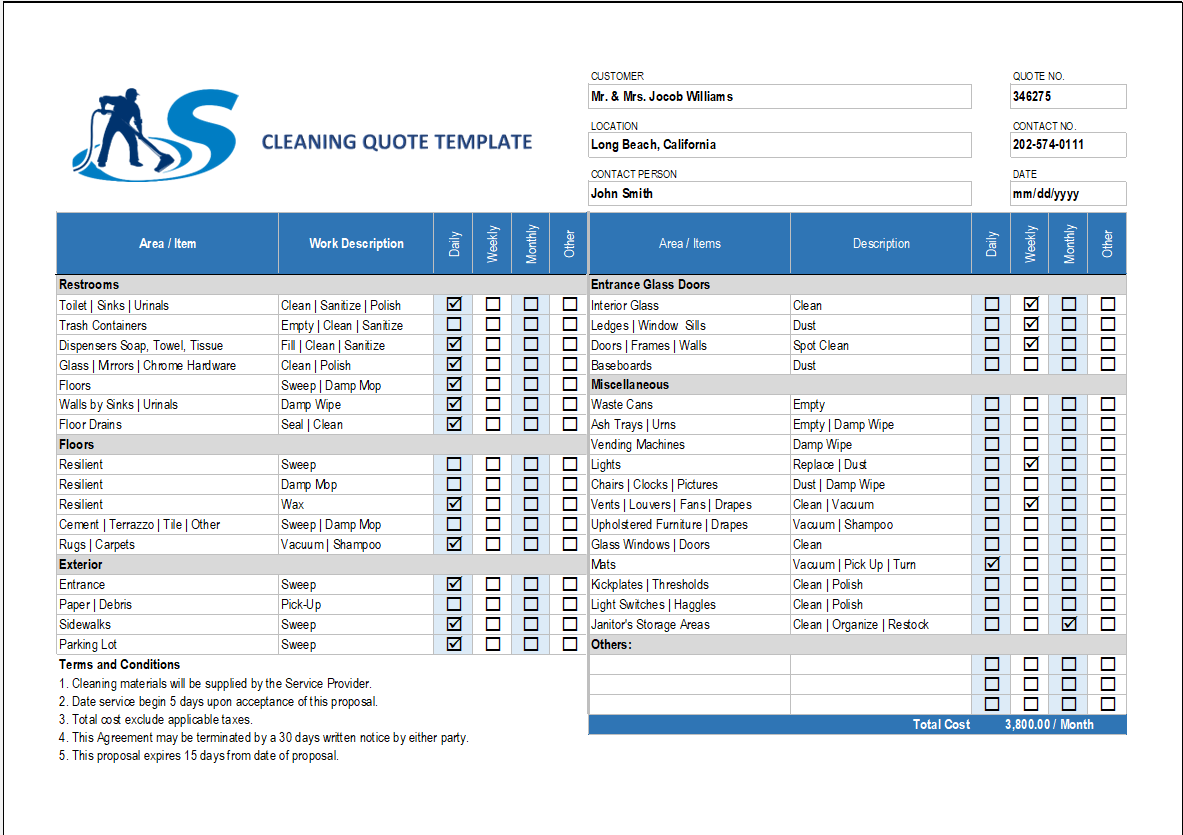Our Exercise Chart lets you create a list of exercises for your fitness plan, including the number of sets and repetitions for weight training exercises and how long for cardio exercises. Having a clear structure plan will help you stick to it. The exercise chart also helps you remember your goals and avoid getting lost trying to remember what it is you actually wants to accomplish.
Workout sets and reps chart
Use this template to create your weekly exercise plan for yourself. Print a copy to take with you to the gym or put it where you can see it every day.
Save a copy of your plan so that you can quickly update it increase the weight and sets/reps for strength exercises and time/distance for cardio exercises.
Building your exercise routine
There’s more to exercising than mere movement. An effective workout should give you the ability to burn your fat, build muscle mass, and improve your performance. As for example squat weight chart. All these depends on the scheme that you can set for yourself, from how you arrange your exercise routines, and how the scheme challenges you.
It is therefore, important before diving into some new workout, to know certain steps in designing the best workout routine. Before you can start using an exercise chart or any other kind of fitness plan templates, think about your exercise routine. Here are some tips to guide you:
- Think about the specifics
Work on a specific body part or muscle. This is often referred as the “principle of training specificity.” The idea may sound very basic, but it’s generally the foundation for effective exercise routine. The primary goal here is to find which exercises you need to make your workout routine for deadlift weight chart. - Create your schedule
You need to schedule your workout sessions regularly. Most people prioritize their jobs before their visits to the gym and this may involve fewer workouts each week. Here are some recommendations when scheduling your workouts:
If you have fewer days for the gym, make sure each workout involves your whole body.
If you have more days in the week to do your workouts, break your routines to avoid overtraining.
It’s better to divide your routines based on movement type instead of any body parts.
Whatever schedule you can create, make certain that you always have enough rest.
Never engage in high-intensity workouts. - Check out your gym
Not all gyms cater to exercises you’ve chosen for your workouts. Many gym users don’t think or care about the gym’s overall environment and layout in their selections. Users just use equipment randomly as most of them don’t have fixed routines.
As such, most gym equipment are always occupied so you may choose to stick with a single piece of equipment each session rather than doing the rounds on different equipment. Moreover, rotating your routine may tick off some of the gym-goers.

